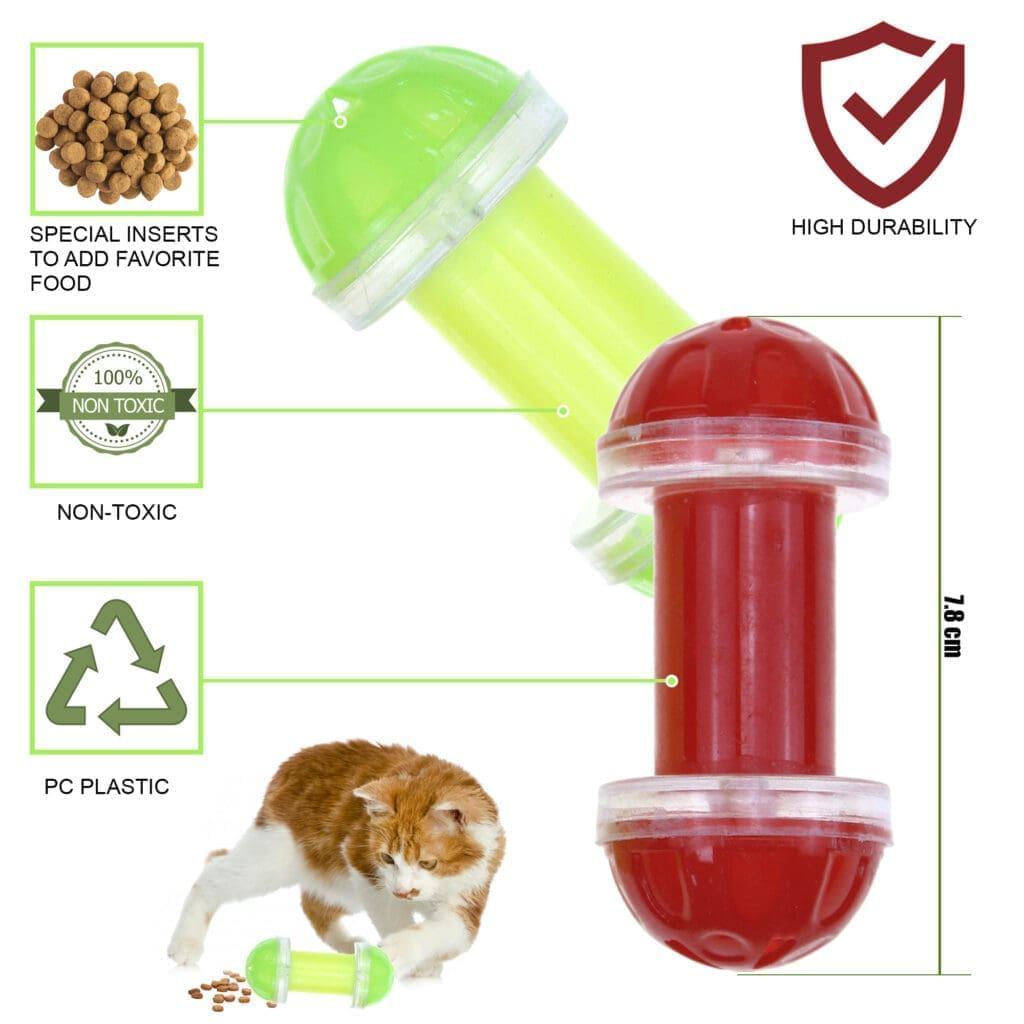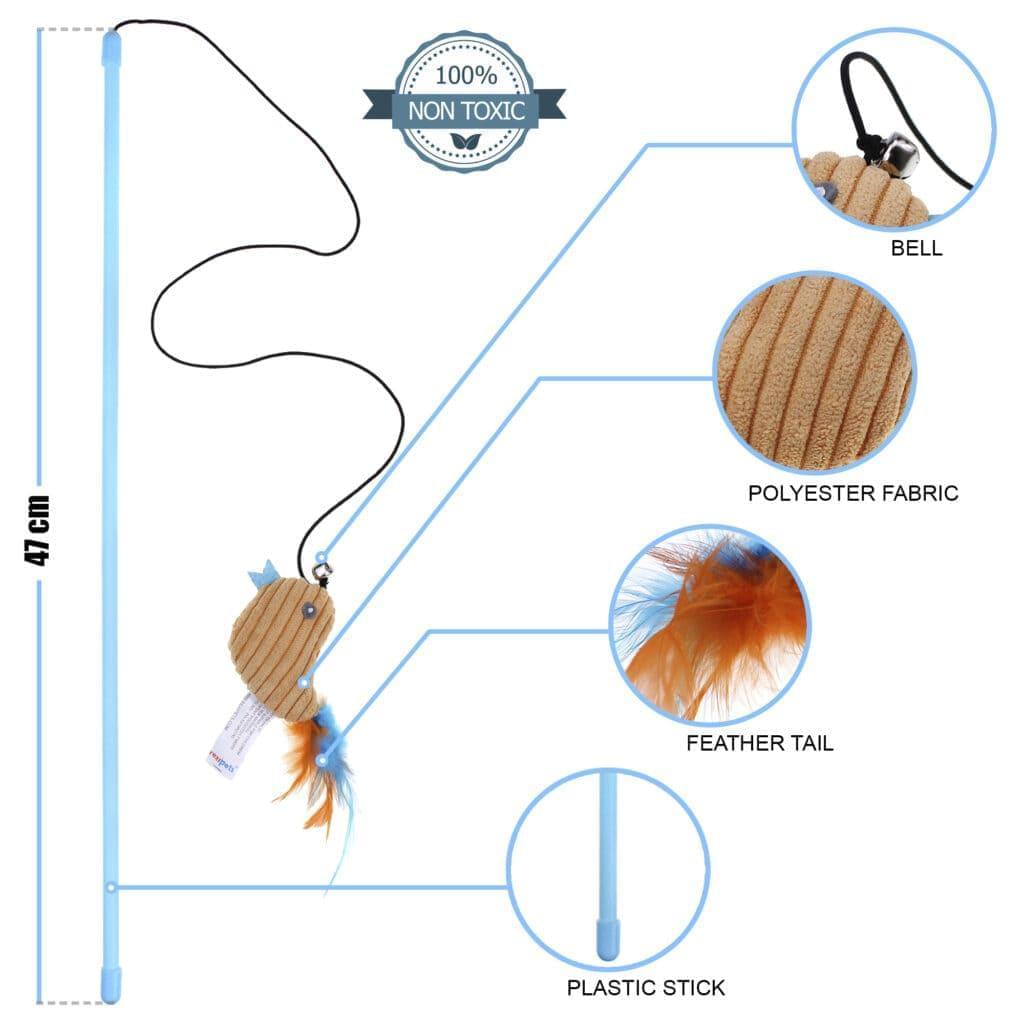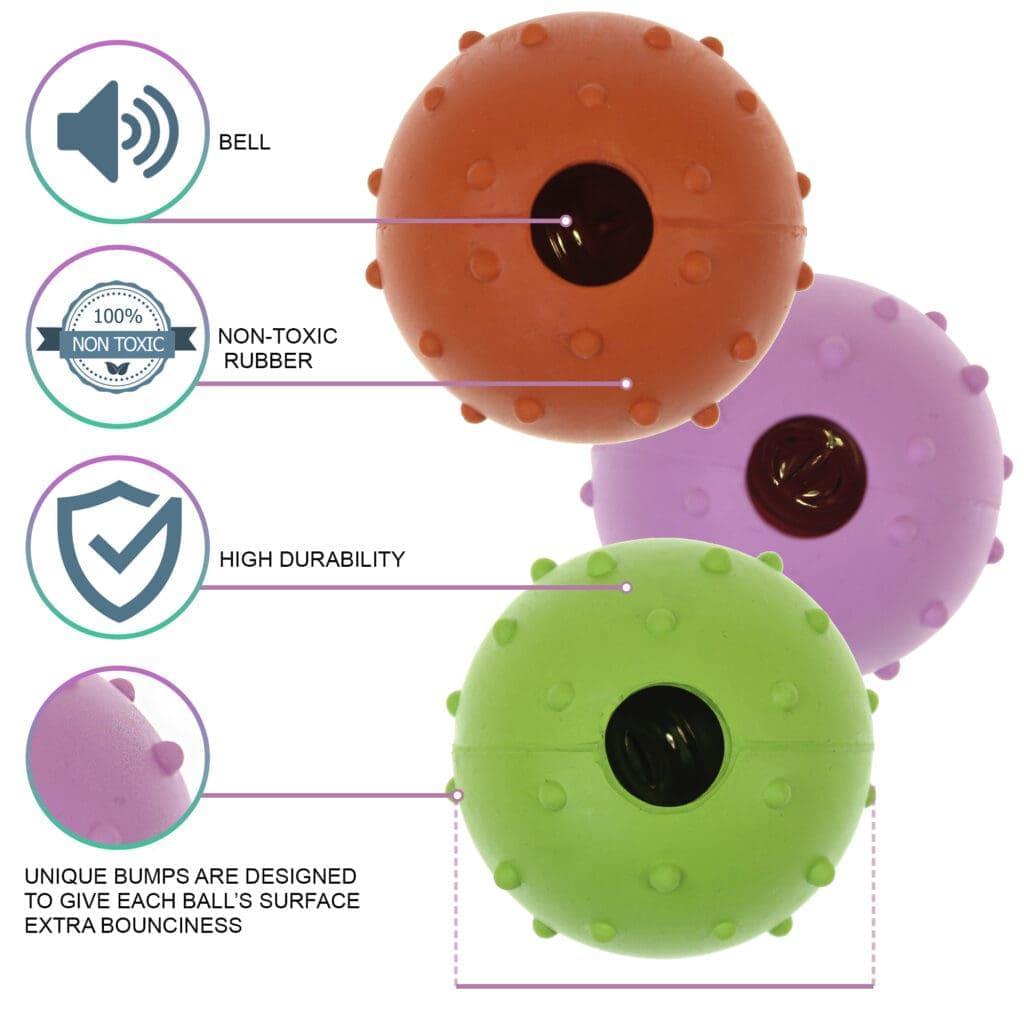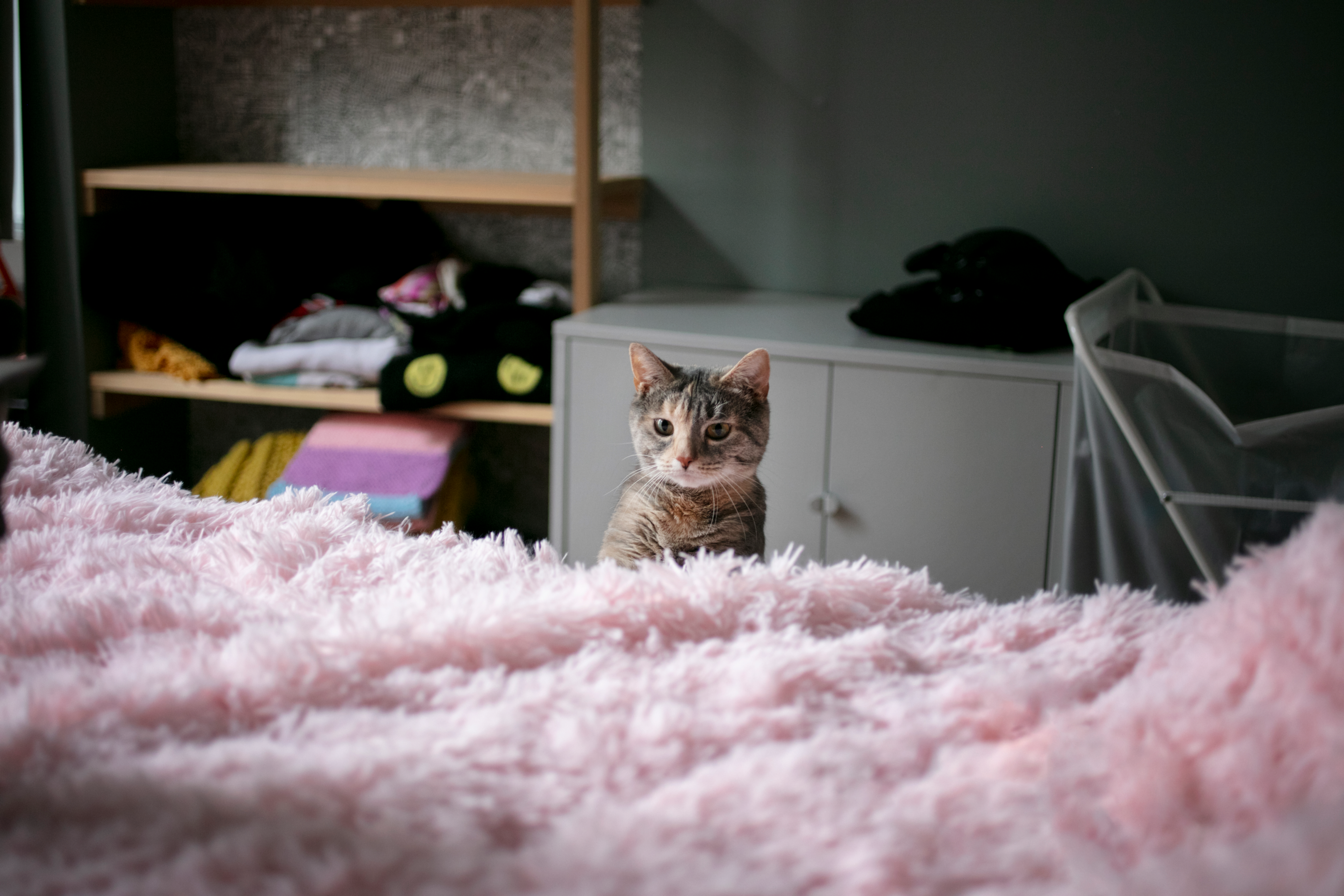
Does it seem like your cat has a personal vendetta against the furniture in your house?
Well, if yes, then you aren't the only one. Many cat parents are in the same boat as you and are constantly complaining about their cat destroying furniture.
Today, we're going to dive deep into why cats love to destroy things, and then we'll look into effective tips to keep your cat from destroying your furniture. So, let's get to the bottom of this issue and address it for good.
Why Do Cats Keep Destroying Furniture?
Even though it looks like your cat just wants to break things, there are different reasons why your cat scratches furniture.
Knowing the reasons helps you figure out how to stop the scratching and find ways to make your cat happy without ruining your furniture.
Let's look into the some of the reasons:
-
Scent marking
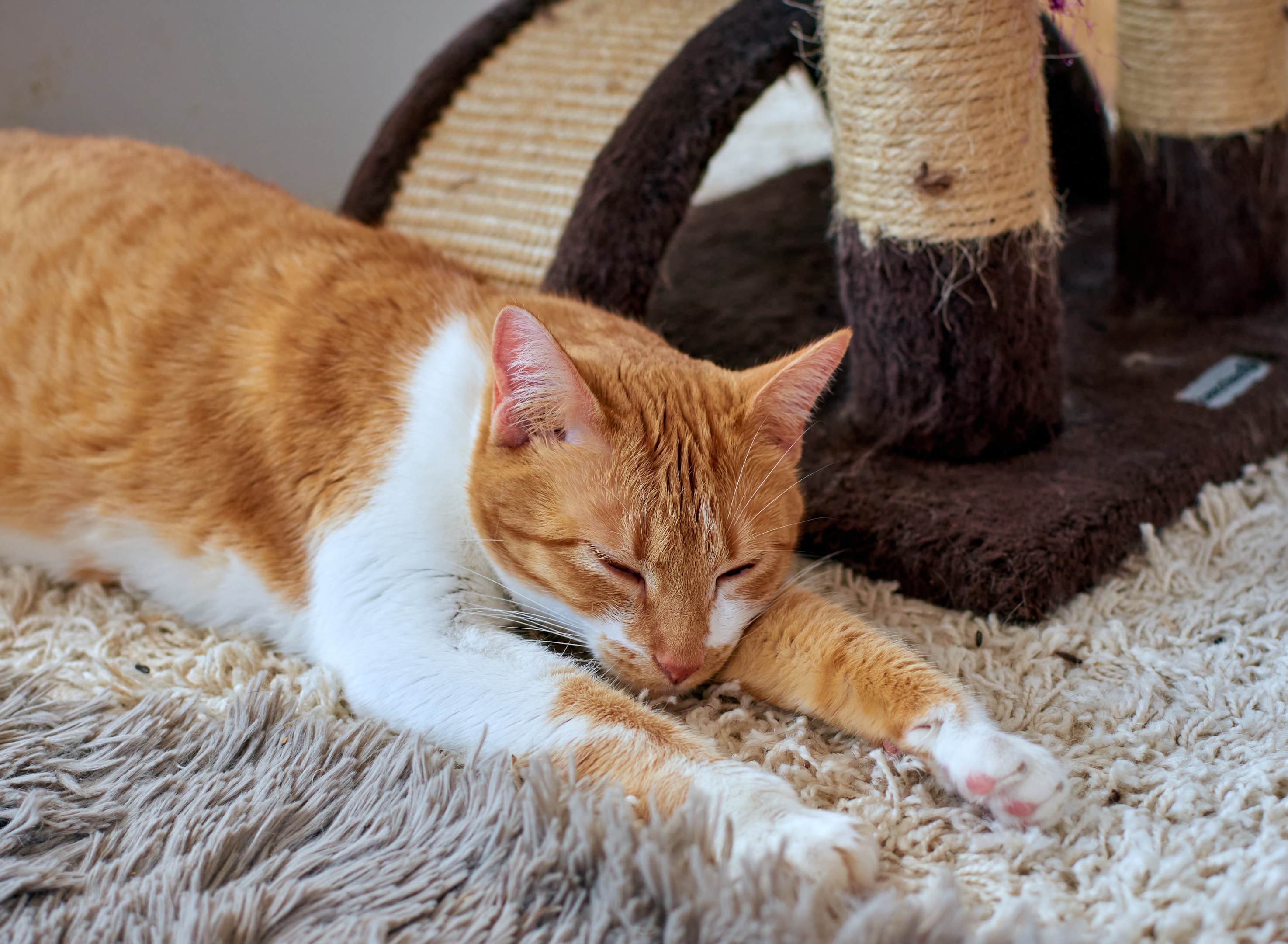
If your cats scratch furniture, it's not just attention-seeking. Cats have scent glands in their tiny paws. When they scratch surfaces, they release a scent marker that visibly and chemically marks their territory in your home.
They often choose well-used spots like carpets, sofas, or even your favorite chair because marking these areas helps them feel secure and reduces stress by making their surroundings more familiar. And don't get confused if they don't do it in their litter box.
-
Sharpen their claws

When a cat scratches furniture, it could be an effort to groom and sharpen their claws. They do this to shed the outer layer of their claw sheaths, keeping them sharp and in good shape.
Cats often pick furniture for this because it's upright and has smooth surfaces, making it perfect for their claw-care routine.
-
Boredom

Getting rid of boredom is another reason why most house cats also may be scratching furniture. This is especially true for indoor cats lacking mental stimulation.
Now that you understand why they scratch, the next question is, how can you prevent cats from scratching furniture?
8 Tips to Keep Your Cat from Destroying Your Furniture
Here, we have compiled 8 very effective tips to keep your cat from wreaking havoc on your furniture:
-
Invest in cat-scratching posts
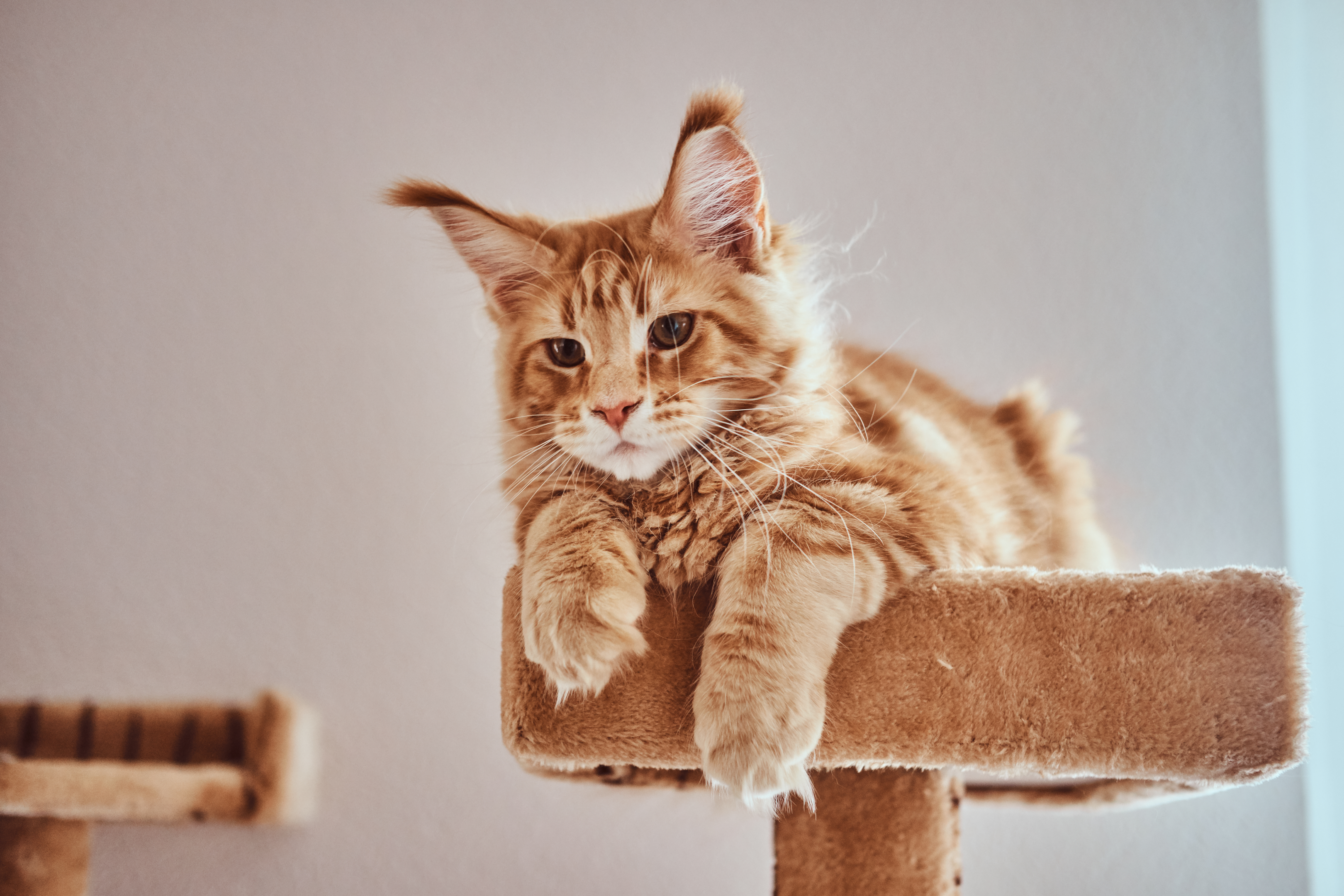
You can get a scratching post or even a cat tree, or you know what is even better? Getting two or three, or more. If you already have a few at home, rethink about where you put them.
Putting the new scratching post and cat trees close to your furniture is important. The closer it is, the more likely your cat will use it instead of scratching your couch.
While buying multiple scratching posts might come off as a huge cost, it's cheaper than fixing or replacing your furniture. Make sure you get a stable, quality scratching post so that it gives ample scratch areas for your cat and doesn't tip over and scare your cat.
-
Address the boredom
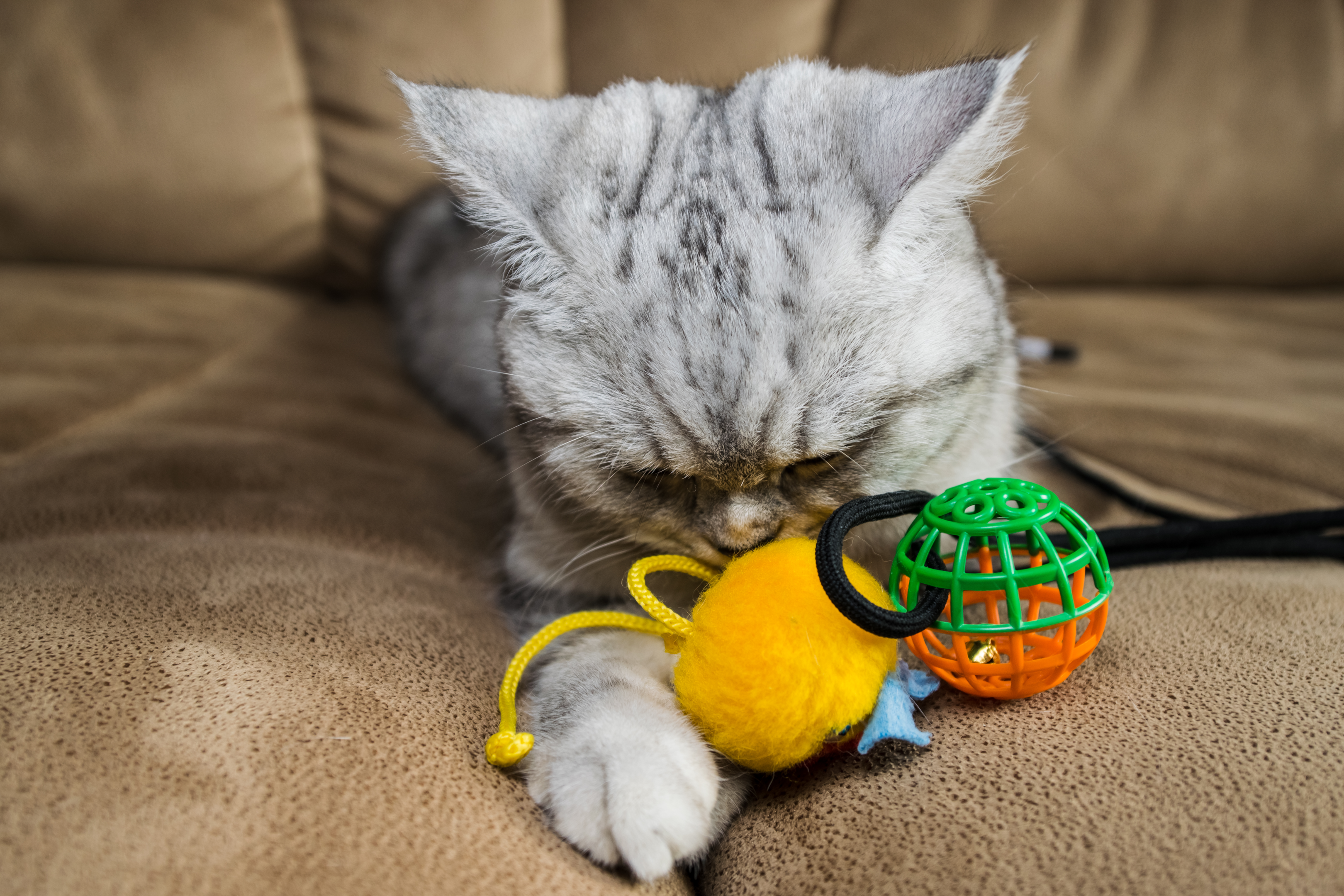
To stop cats from scratching furniture due to boredom or the lack of physical or mental stimulation, try buying some cat toys or kitten toys.
Most cats need dedicated playtime. So, make sure to set aside time to play with your kittens.
-
Groom their claws
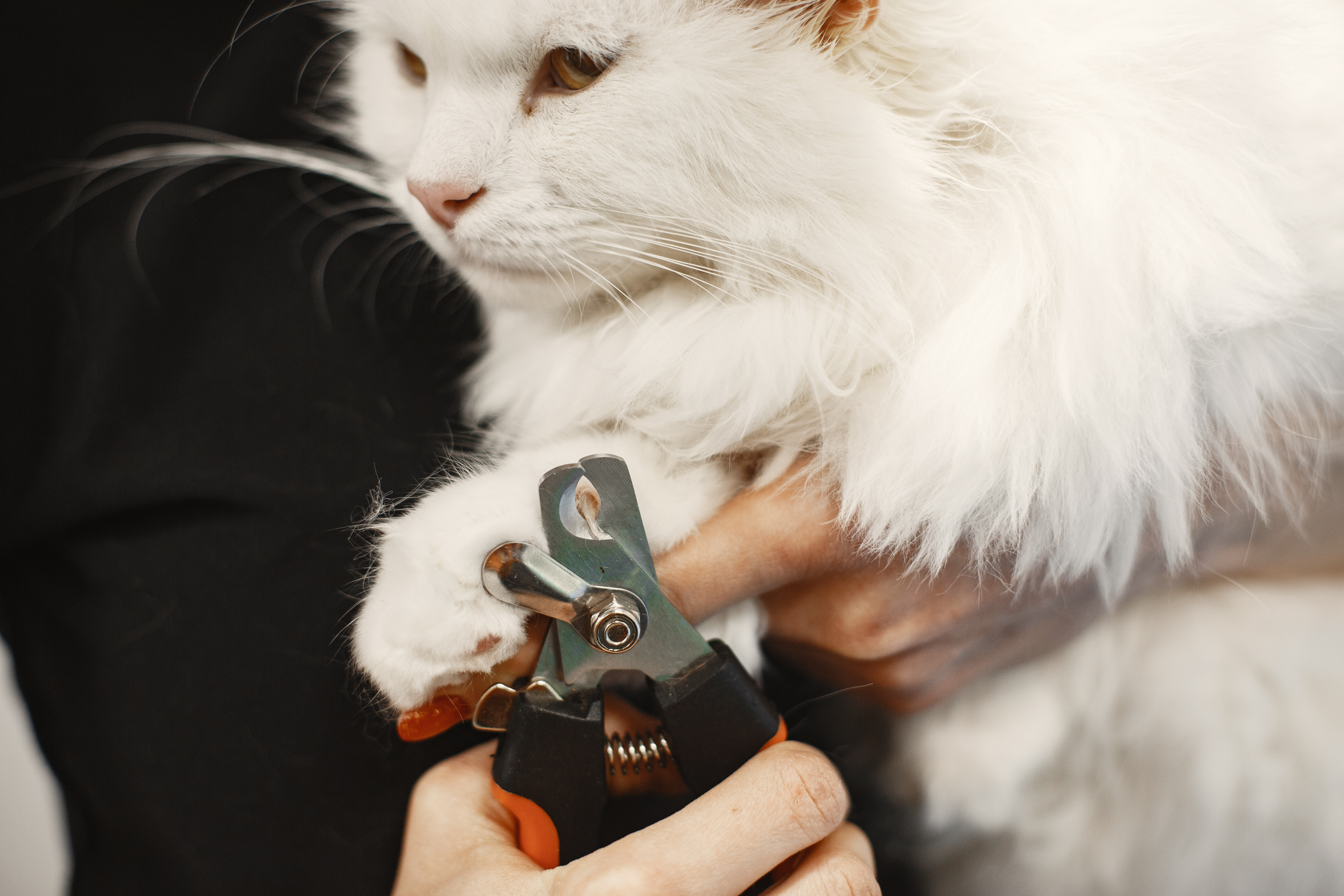
Regularly trimming your cat's nails is an effective way to prevent furniture scratching. Use cat nail clippers to carefully trim the tips, and make sure to avoid the quick.
This not only blunts their claws but also reduces the likelihood of causing damage to your furniture or you. If you're unsure, consult a professional pet groomer for guidance.
-
Use nail caps
These are adhesive vinyl caps that you attach to your cat's claws to dull their sharpness. Typically lasting about a month, you'll need to replace them periodically.
However, it is suggested that you seek guidance from a professional to apply the caps correctly. A house cat grooming bag can also be helpful for this process.
-
Cover your furniture
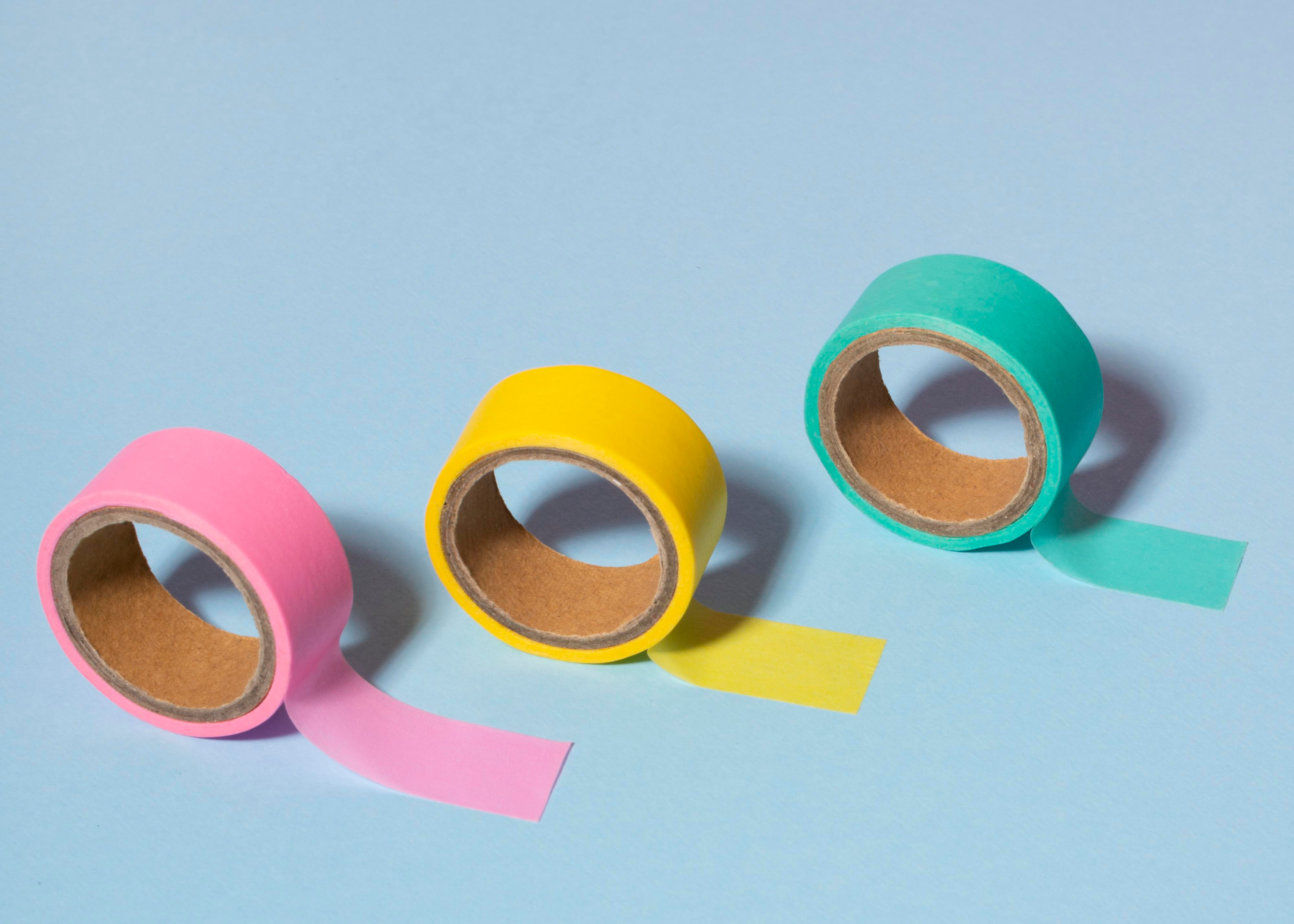
Protect your furniture, especially the spots your cat targets, by applying double-sided tape. The idea is that your cat will discover scratching double-sided sticky tape is no fun and will shift their attention to the scratching post.
Once your cat adapts to this change, you can safely remove the tape and enjoy an uncovered new sofa.
-
Cat repellent sprays
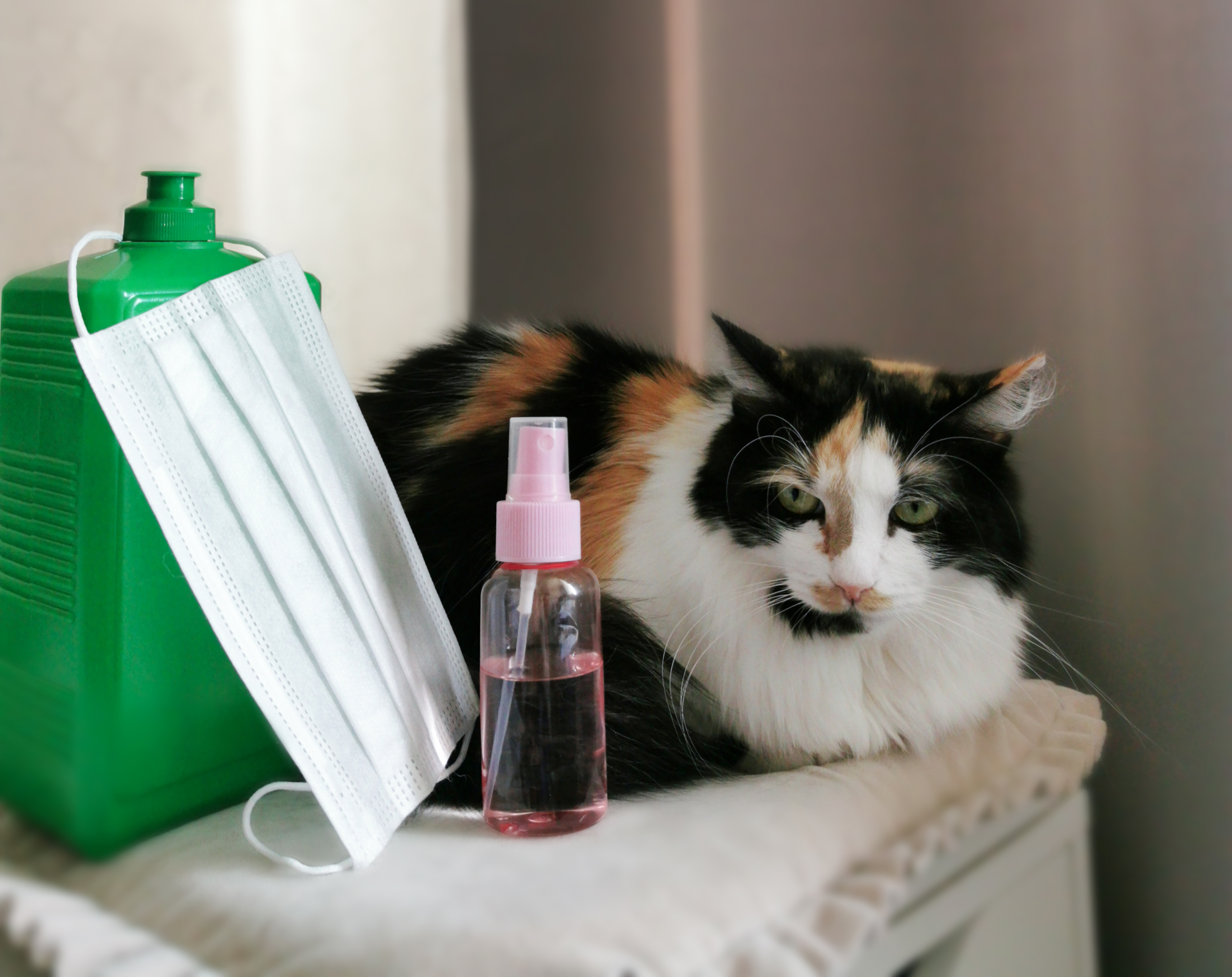
Consider using cat repellent spray on your furniture to discourage your cat's behavior. While the scent may be imperceptible to you, it acts as a deterrent for your cat, helping curb their scratching habits.
Just try to avoid using the repellent anywhere near the litter boxes because then your feline friend will stop using those.
-
Use pheromone plug-ins
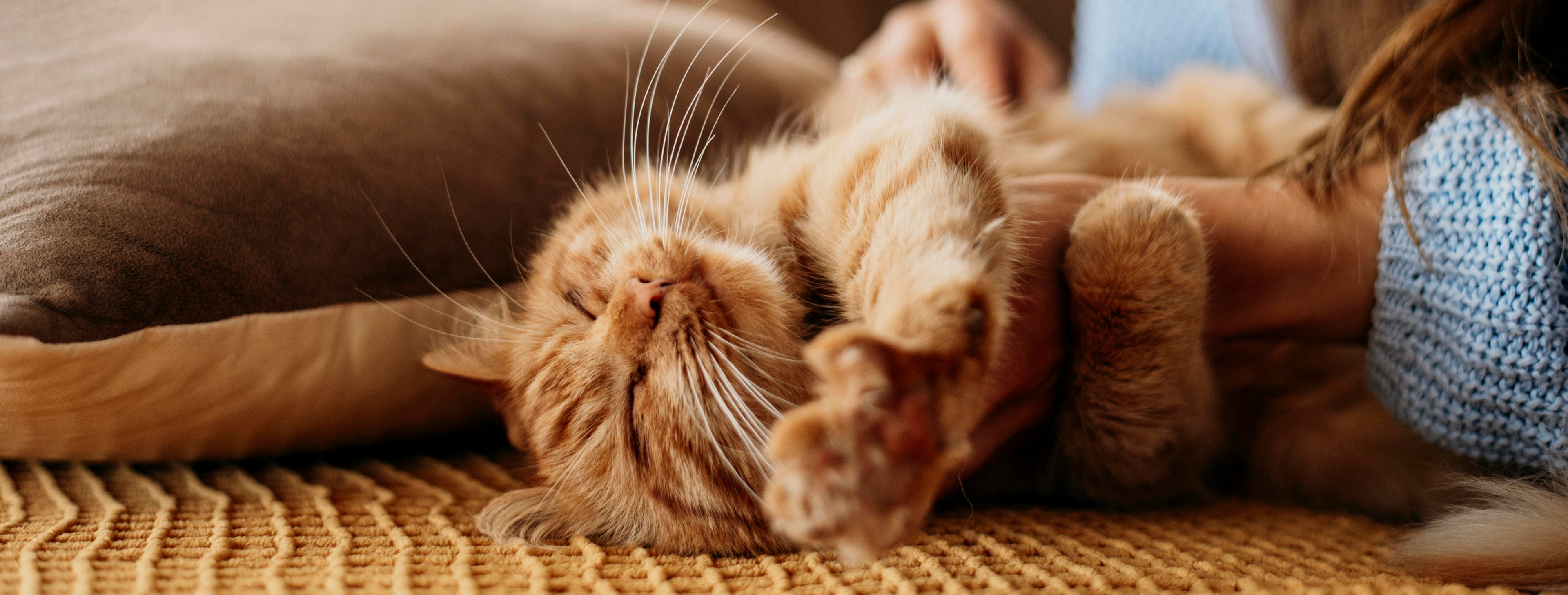
Use pheromone plug-ins to soothe anxious cats prone to scratching furniture when their owners are away. These plug-ins, when activated, promote a calming atmosphere that can be noticed almost instantly.
Cats exposed to these pheromones are more likely to choose napping over scratching, creating a more relaxed environment in your absence.
-
Get a Cat Behavior Specialist
If your cat scratches too much, talk with a vet or a Certified Applied Animal Behaviorist, who specializes in behavior, can be a good idea.
A board-certified veterinary behaviorist can suggest medicines, supplements, cat toys, and behavior tricks to make your cat scratch less. Though your cat may not stop scratching completely, it can be controlled better with these methods, and a professional can guide you through it.
What You Should Never Do When Your Cat Scratches Furniture
When trying to stop your cat from scratching furniture and carpeting, there are several things you should avoid doing.
-
Declawing your cat
Avoid declawing your cat. While most cat parents are of the view that there are benefits of declawing cats, it can't be ignored that it is a painful and drastic procedure involving the removal of both the claw and the first toe bone.
This extreme measure doesn't eliminate a cat's instinct to scratch, causing frustration, anxiety, and potential aggression.
Unable to engage in what is normal behavior for them, cats may resort to biting as a last resort. They can consider it an alternative expression, making declawing a harmful and ineffective solution for preventing furniture and carpet damage.
-
Punishing your cat
Avoid punishing your cat for scratching. This means refraining from loud yelling, prolonged scolding, using a squirt bottle to spray water, or throwing things at or near your cat as a form of discipline.
-
Forcing your cat to use the scratching post
Don't physically force your cat to use a new scratcher, like placing their paws on it and making them drag their claws. Cats find this kind of unwanted physical contact threatening and may react with anxiety, fear, or aggression.
Forcing contact in this way can harm your bond with your cat, as they perceive it as a threat to their safety and well-being and may rebel as a response.
Final Words
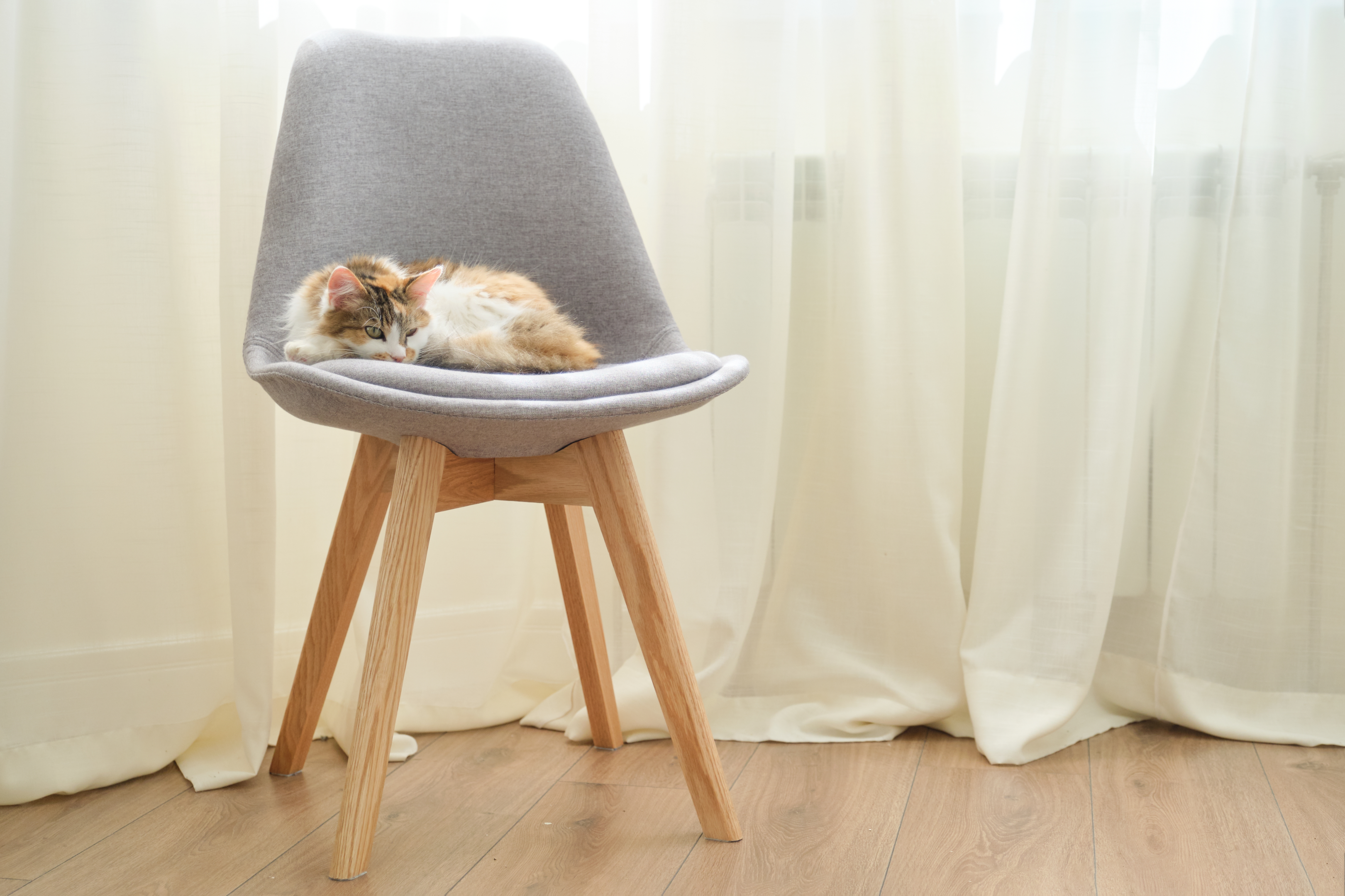
To sum up, keeping your home scratch-free from your cat involves understanding why they scratch. Attention seeking, claw sharpening, boredom, or scent marking are some of the reasons we have outlined in this blog.
To address this issue, use scratching posts near their favorite spots, play with them using toys, and make their environment interesting. Avoid harmful methods like declawing or punishing.
By being patient and consistent, you can have a happy and comfy home for both you and your cat.











